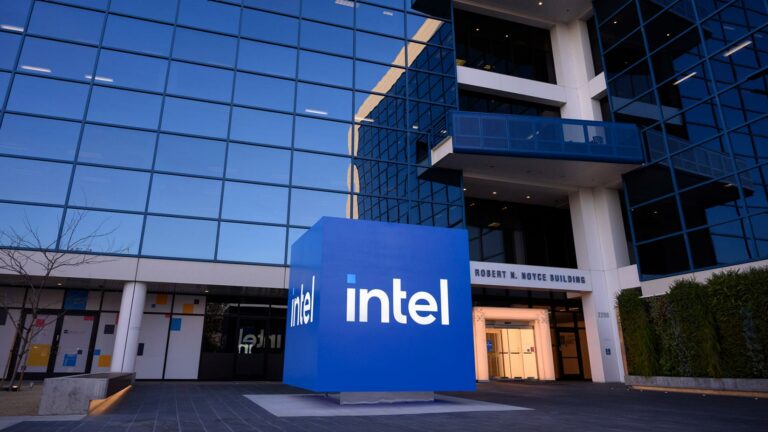The chief analyst at SemiAnalysis, Dylan Patel, tweeted over the weekend that the client computing and data center business units will see their budgets cut by approximately 10%, leading to significant workforce reductions. Both divisions could lay off up to a fifth of their respective workforces.
Intel has confirmed the workforce reductions. However, it has not said how many jobs will be affected or at which business units these will be.
The company, in a statement to Tom’s Hardware, said it is “working to accelerate its strategy while navigating a challenging macro-economic environment”. It is “focused on identifying cost reductions and efficiency gains through multiple initiatives, including some business and function-specific workforce reductions in areas across the company.”
What Intel has been doing to cut costs
Intel announced its plans to cut costs by $3 billion this year. It plans to cut down on spending by $10 billion by the end of 2025. Sources told Bloomberg that the company could lay off thousands of employees as part of the effort.
Intel has already begun cutting jobs at its research and development hub in Folsom, California. More than 500 employees were laid off over the past few months, according to regulatory filings spotted by Tom’s Hardware.
The Oregonian reported that the company’s workforce in Oregon has also been hit by layoffs. Those job cuts represent a smaller percentage of the company’s local workforce than the layoffs in California.
The pressure
Intel’s cost-cutting measures come as its top line comes under pressure from slowed chip demand and intense competition. It is also pushing to reduce expenses by rolling out five new chip manufacturing processes, or nodes, in four years. Intel’s CEO, Pat Gelsinger, described the even more advanced manufacturing technology set to roll out after the two nodes as being on track.
Intel’s competitors rely on EUV machines to make their most advanced chips. Still, the Intel 4 process will be the company’s first node to use extreme ultraviolet lithography, or EUV, technology.
Intel’s strategy centers on growth in the foundry services market, a segment it entered a few years ago. The company believes this market will grow to $200 billion by the end of the decade, and chip spending is expected to reach $1 trillion annually during the same timeframe.
